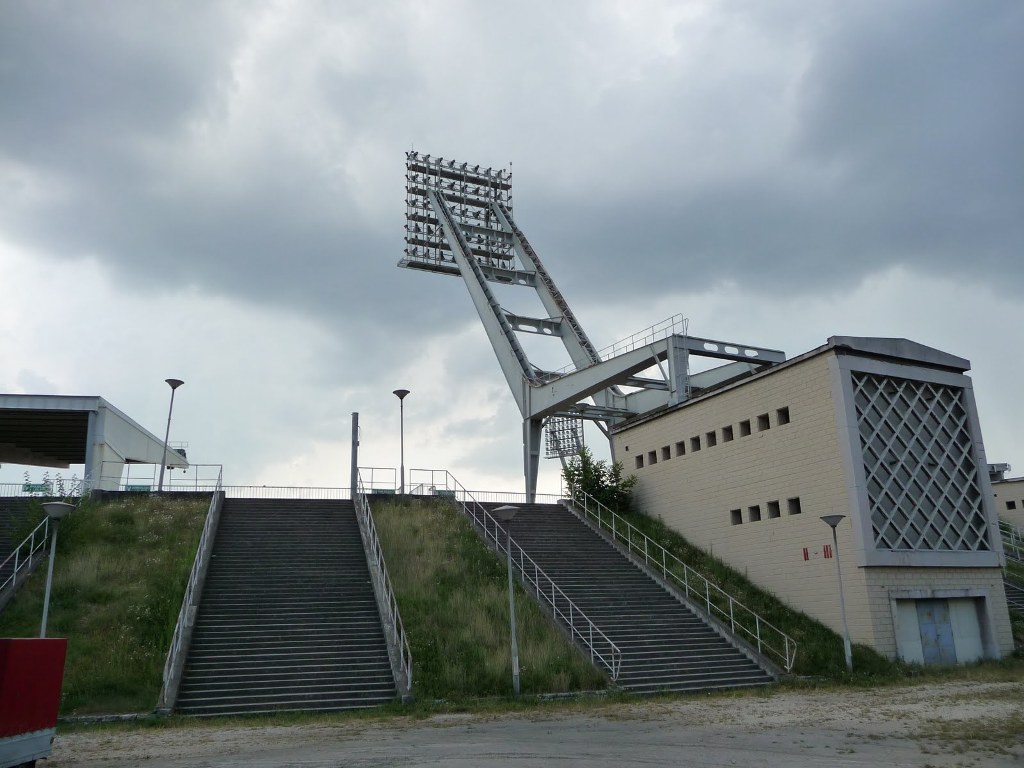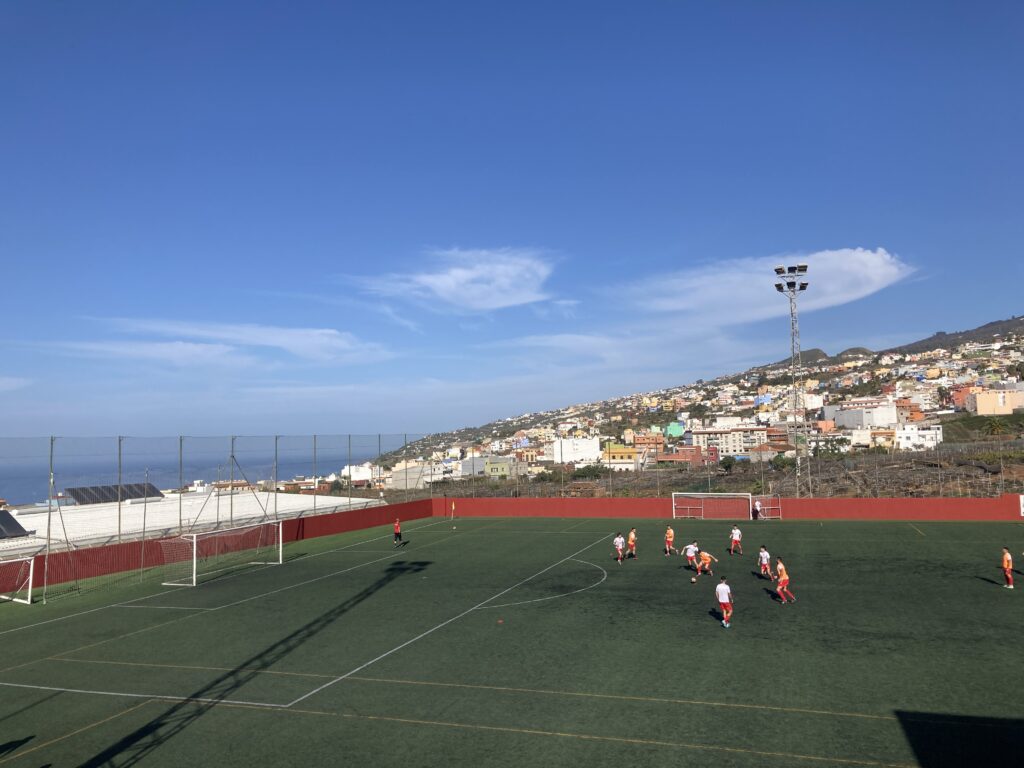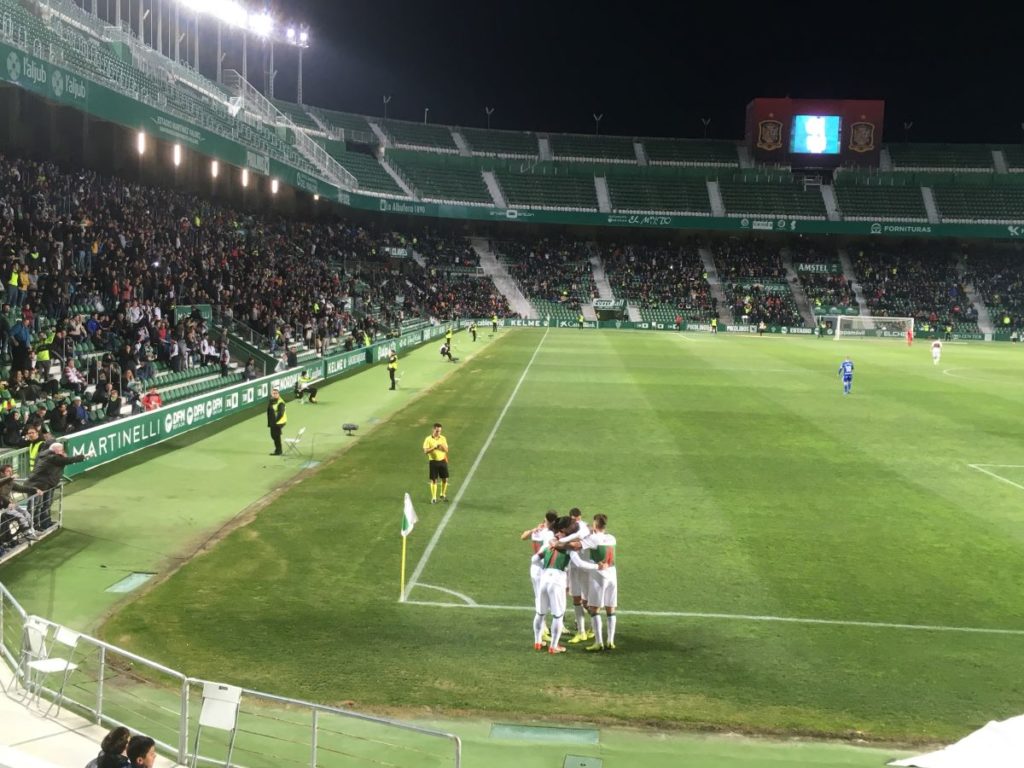Travelling alone and carrying my dad’s borrowed camera, one day I made it my mission to visit a few of the football stadiums in Budapest dotted around the city.
Why Budapest? The cost of flights must have come into it. But when I was younger, part of my early fascination with football in the 1990s had been noticing the differences between the game in England and other parts of the world. Eastern European football made the biggest impression of all. I liked how big their stadiums looked on television. I liked how the names of their teams sounded when commentators said them.
It was my first foreign holiday too. I’d decided to tick off that particular milestone before starting a PhD about football, which I didn’t end up finishing because I got a job watching football the following year.
Ferenc Puskas Stadium
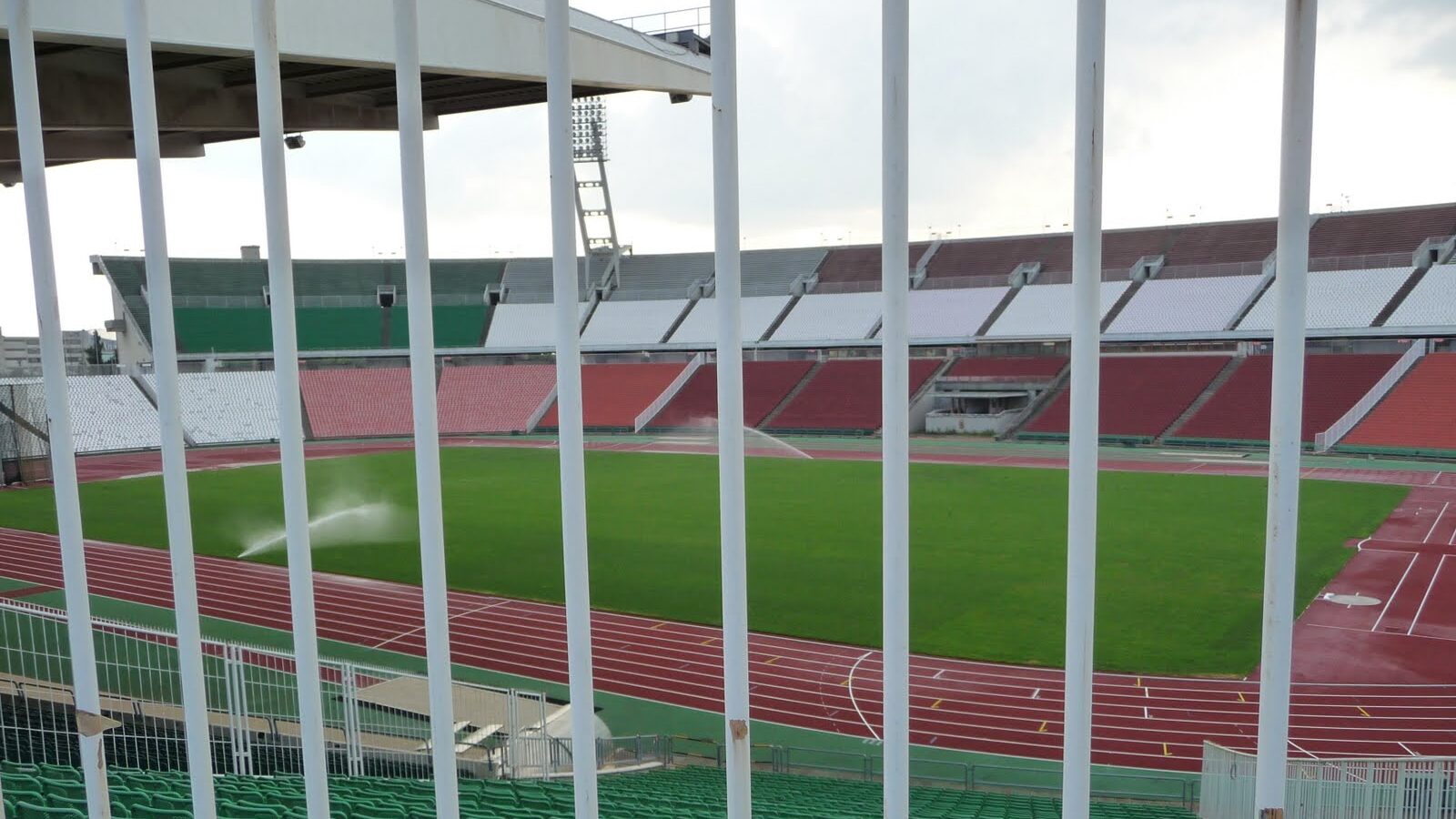
I began the day travelling east on metro line 2. Alighting at Stadionok station, I found myself in the vicinity of the Ferenc Puskas Stadium.
On the day I visited, the areas around the stadium were so overgrown that it was difficult to believe it was still active as a sporting venue at the time. Built shortly after World War II, the opening of the Nepstadion (‘People’s Stadium’) coincided with the rise of Hungary’s ‘golden team’ in the 1950s.
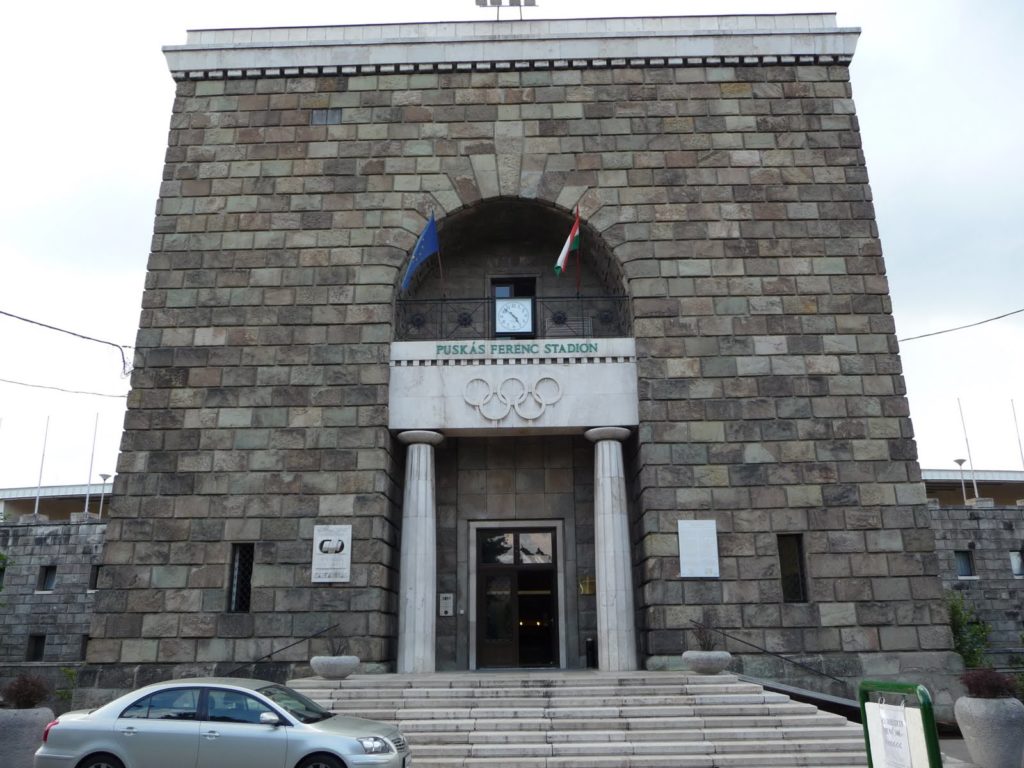
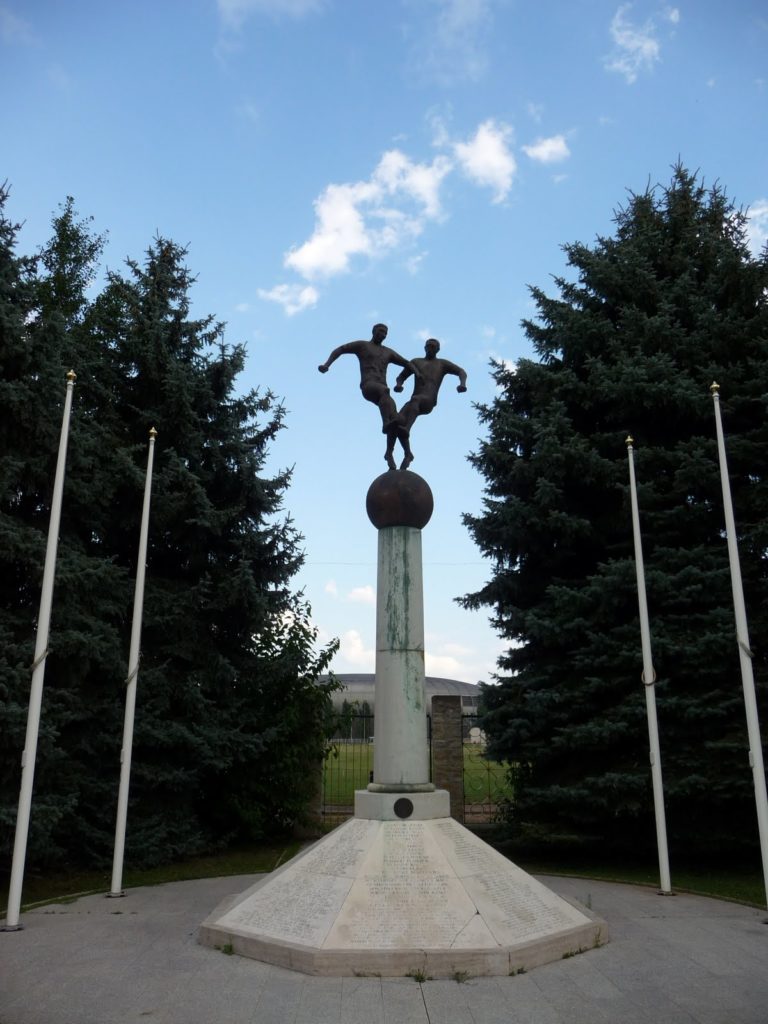
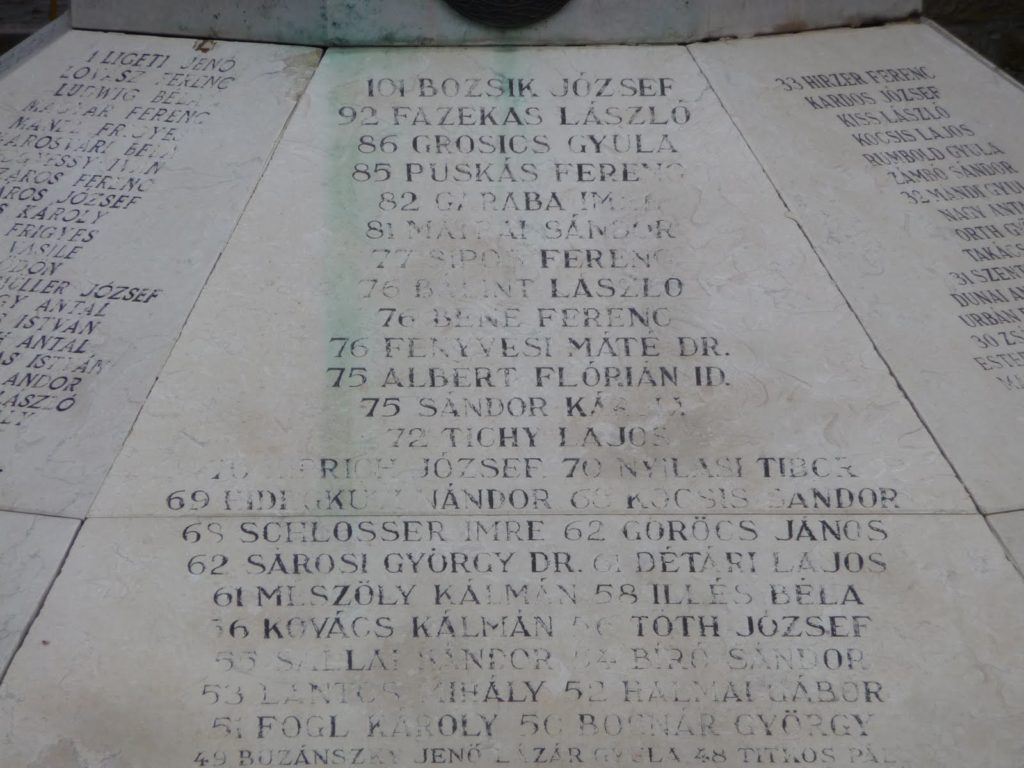
In 1954, Hungary routed Walter Winterbottom’s England team 7-1 right here. A few weeks later Hungary reached the World Cup final, raced into a 2-0 lead against West Germany, but lost 3-2.
I feel very lucky to have seen the old ground before the wrecking balls arrived in 2016. Hungary’s new national stadium, the Puskas Arena, opened three years later on the same site.
Nandor Hidegkuti Stadium
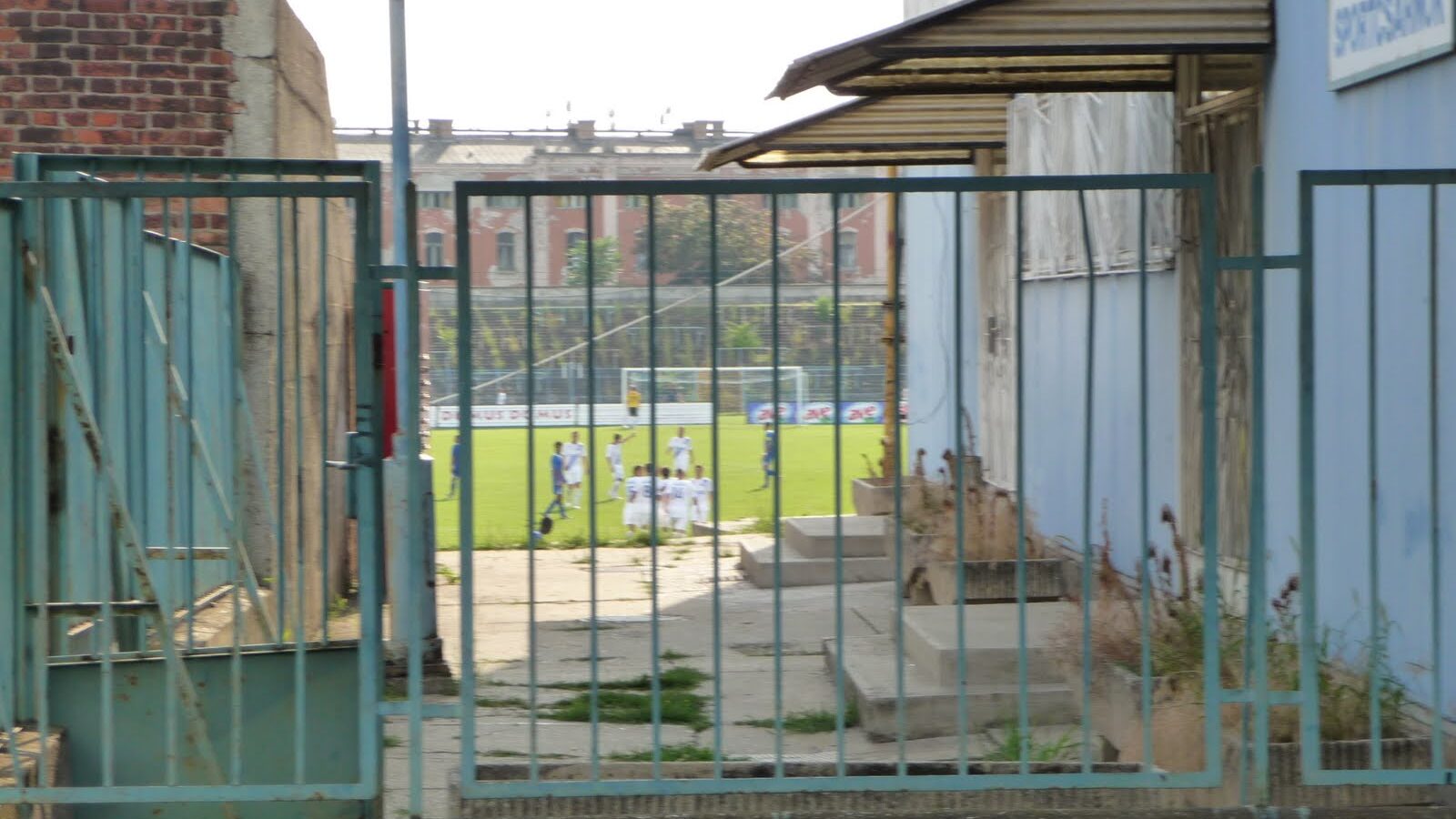
Budapest has an impressive public transport system. However, I’d been thwarted in my attempts earlier in the day to catch a tram to the home of MTK Budapest.
But later that afternoon I was more successful in my navigation and the ground rounded off my footballing tour of the city. The stadium was named after the deep-lying forward who famously terrorised England in 1953 at Wembley, and who also had a couple of spells with MTK during his career.
I managed to see a bit of a behind-closed-doors friendly that was in progress. A burly club official soon saw what I was up to though and closed the gate I’d been watching through.
Demolition of the old ground began in late 2014. The new stadium, still bearing the name of Nandor Hidegkuti, opened on the same site in 2016. MTK continue to play there.
Of all the football stadiums in Budapest, the one that got away during my trip was Ferencvaros’ Florian Albert Stadium. I spotted its green and white seats from the taxi window on the way to my hotel from the airport, but I couldn’t get a good photo and I didn’t get around to seeing it again. The old stadium was demolished in 2013 to make way for Ferencvaros’ new home.
